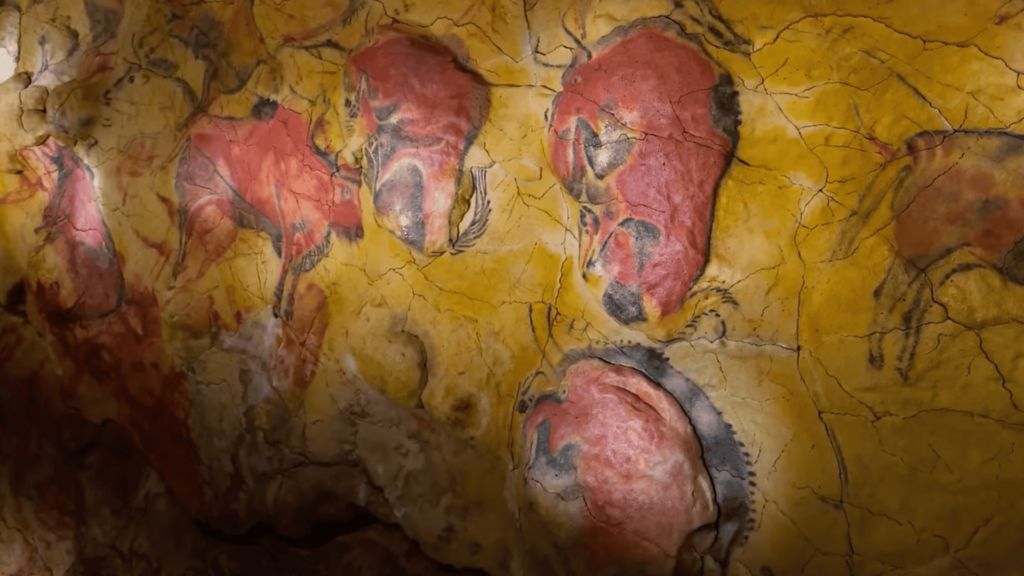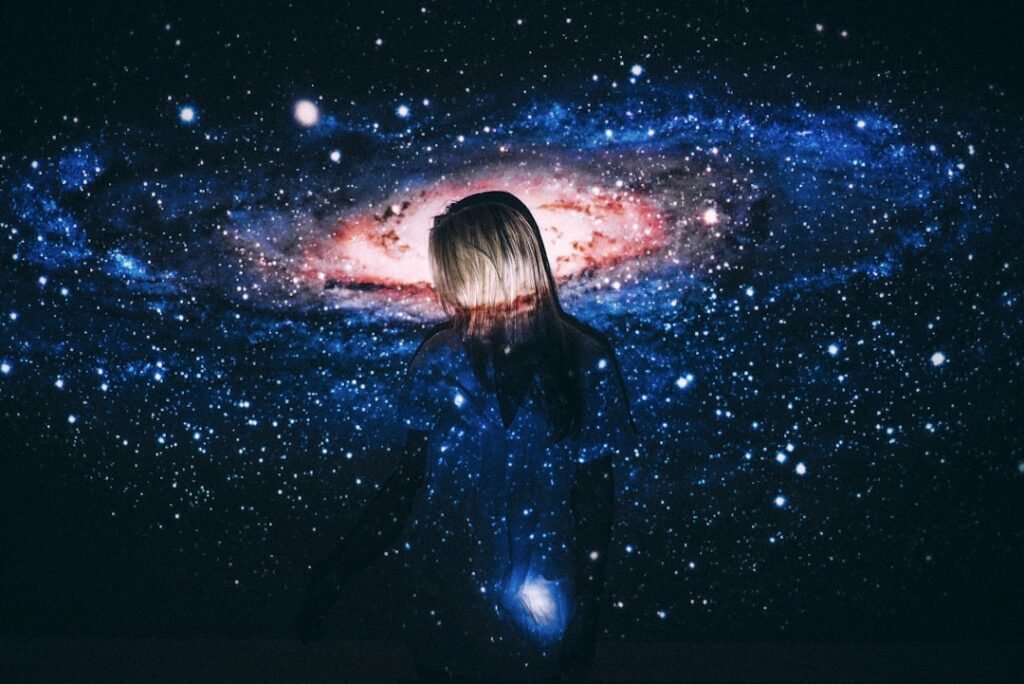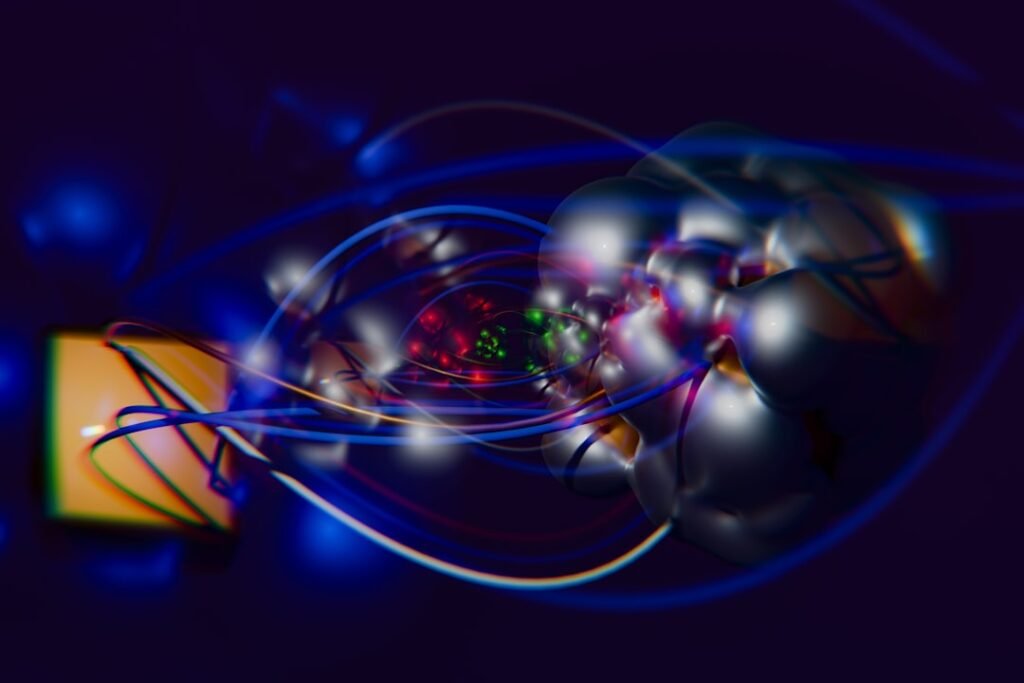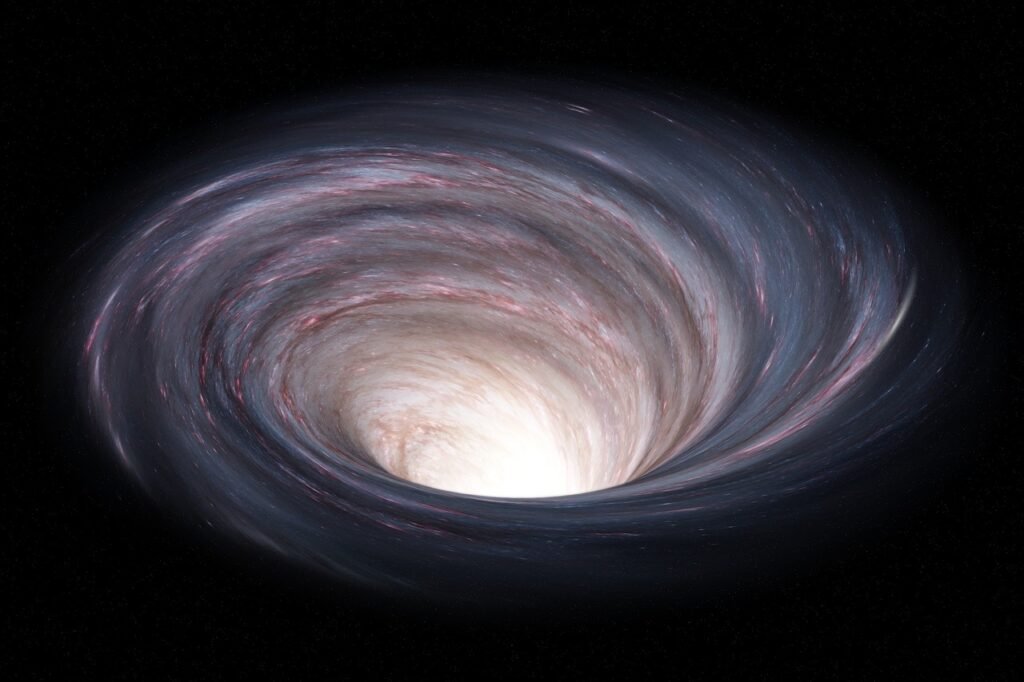Cave paintings have long been a window into the lives and minds of early humans, capturing their experiences, beliefs, and surroundings. Among the most intriguing of these ancient artworks are those that may record the first psychedelic experiences. These paintings, found scattered across the globe, offer us a glimpse into a world where the perception of reality was possibly altered by natural substances. This fascinating intersection of art, history, and psychedelics beckons us to explore the mysteries of our ancestors’ consciousness and creativity.
The Enigmatic Symbols of Chauvet-Pont-d’Arc
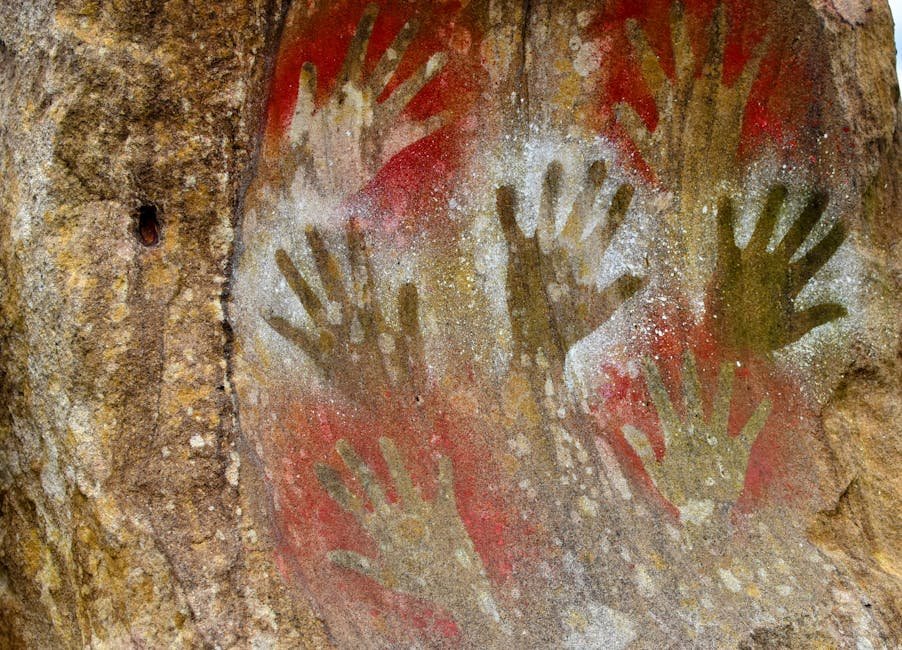
The Chauvet-Pont-d’Arc Cave in France is a treasure trove of prehistoric art, with some paintings dating back over 30,000 years. Among its many depictions of animals and human figures, some unique symbols have puzzled scientists and historians. These symbols, which often resemble geometric shapes and abstract forms, may represent more than just artistic expression. Some researchers speculate that these could be visual representations of altered states of consciousness, possibly induced by consuming psychedelic substances found in the environment. This theory suggests that our ancestors might have perceived the world in ways that are remarkably different from our own.
The Spirals of Lascaux
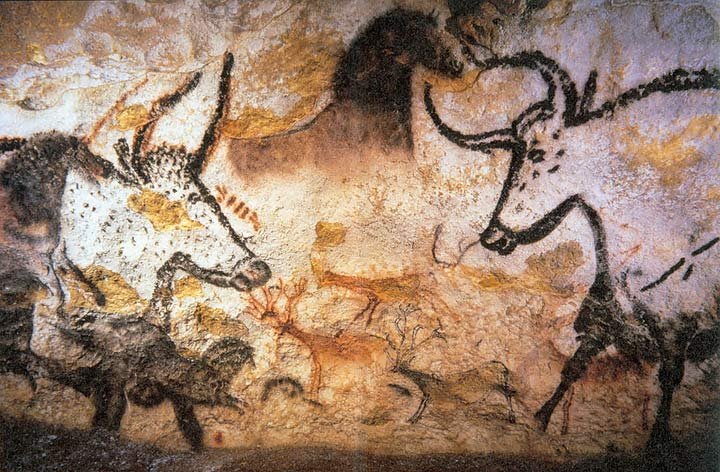
Lascaux Cave, another iconic site in France, is renowned for its elaborate paintings of animals such as horses, bulls, and deer. However, hidden among these realistic depictions are spiral patterns and other abstract designs. These spirals are reminiscent of the visual hallucinations reported by individuals who have experienced psychedelic trips. The presence of these symbols in Lascaux raises intriguing questions about the cognitive experiences of the artists. Were these spirals a manifestation of their inner visions, or did they hold a cultural significance that we have yet to uncover?
The Shamanic Visions of Tassili n’Ajjer
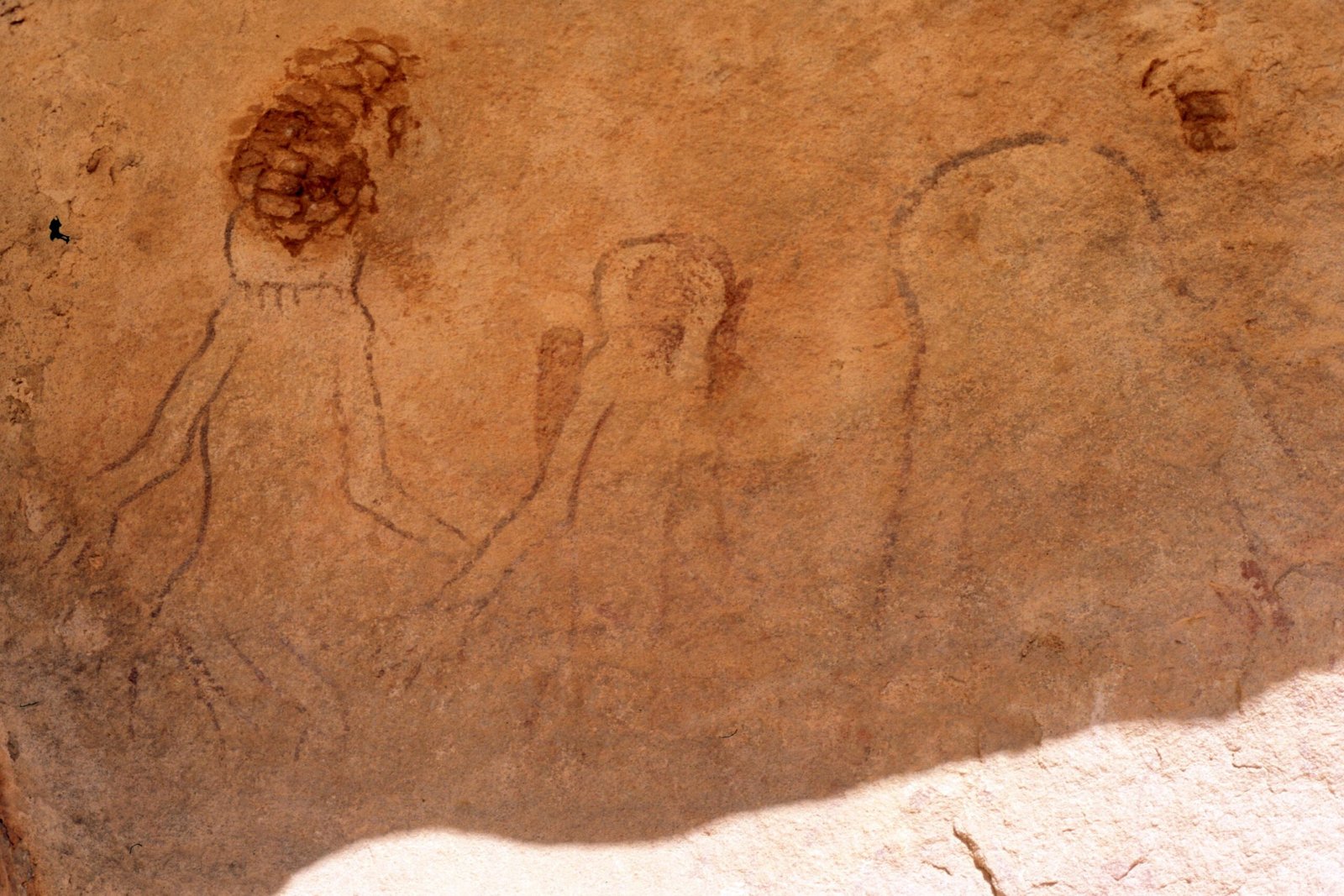
In the heart of the Sahara Desert lies the Tassili n’Ajjer plateau, home to thousands of rock paintings and engravings. Some of these artworks, dating back as far as 12,000 years, depict figures that are distinctly shamanic in nature. These figures often appear with exaggerated body parts or in trance-like poses, suggesting a connection to spiritual or altered states. The arid landscape of Tassili n’Ajjer may have provided natural sources of psychoactive plants, leading to the hypothesis that these paintings are records of shamanic rituals involving psychedelic substances. This connection between art and altered consciousness offers a tantalizing glimpse into the spiritual practices of ancient cultures.
The Hallucinogenic Imagery of Bhimbetka
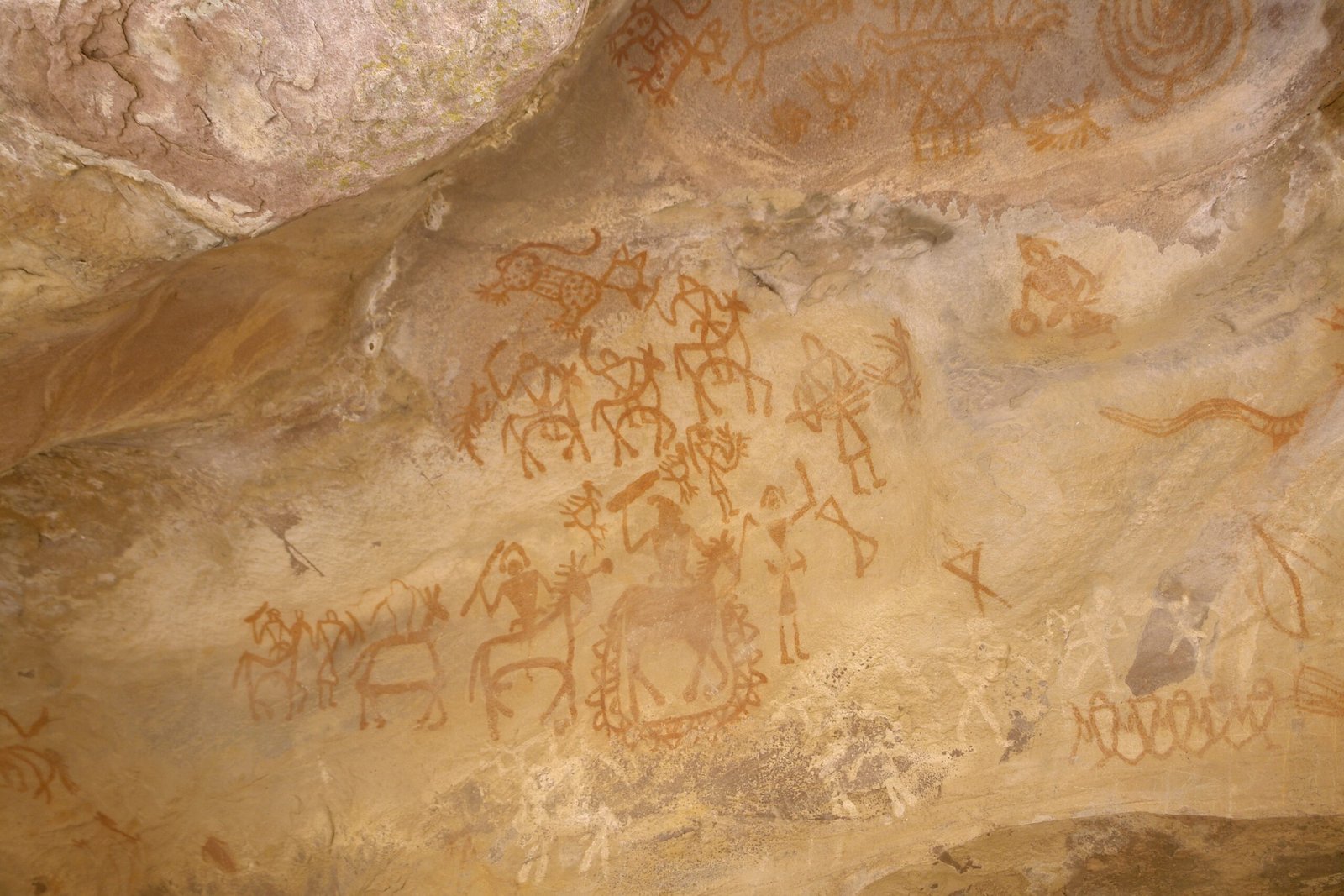
Nestled in the Indian subcontinent, the Bhimbetka rock shelters are adorned with paintings that span thousands of years. Among the myriad of scenes depicting daily life and hunting are abstract designs that evoke the vivid imagery associated with psychedelic experiences. These patterns, characterized by vibrant colors and dynamic shapes, suggest a possible exploration of the mind’s depths. The resemblance of these designs to modern psychedelic art raises questions about the universal nature of altered states and their representation across different cultures and epochs.
The Mystical Patterns of Altamira
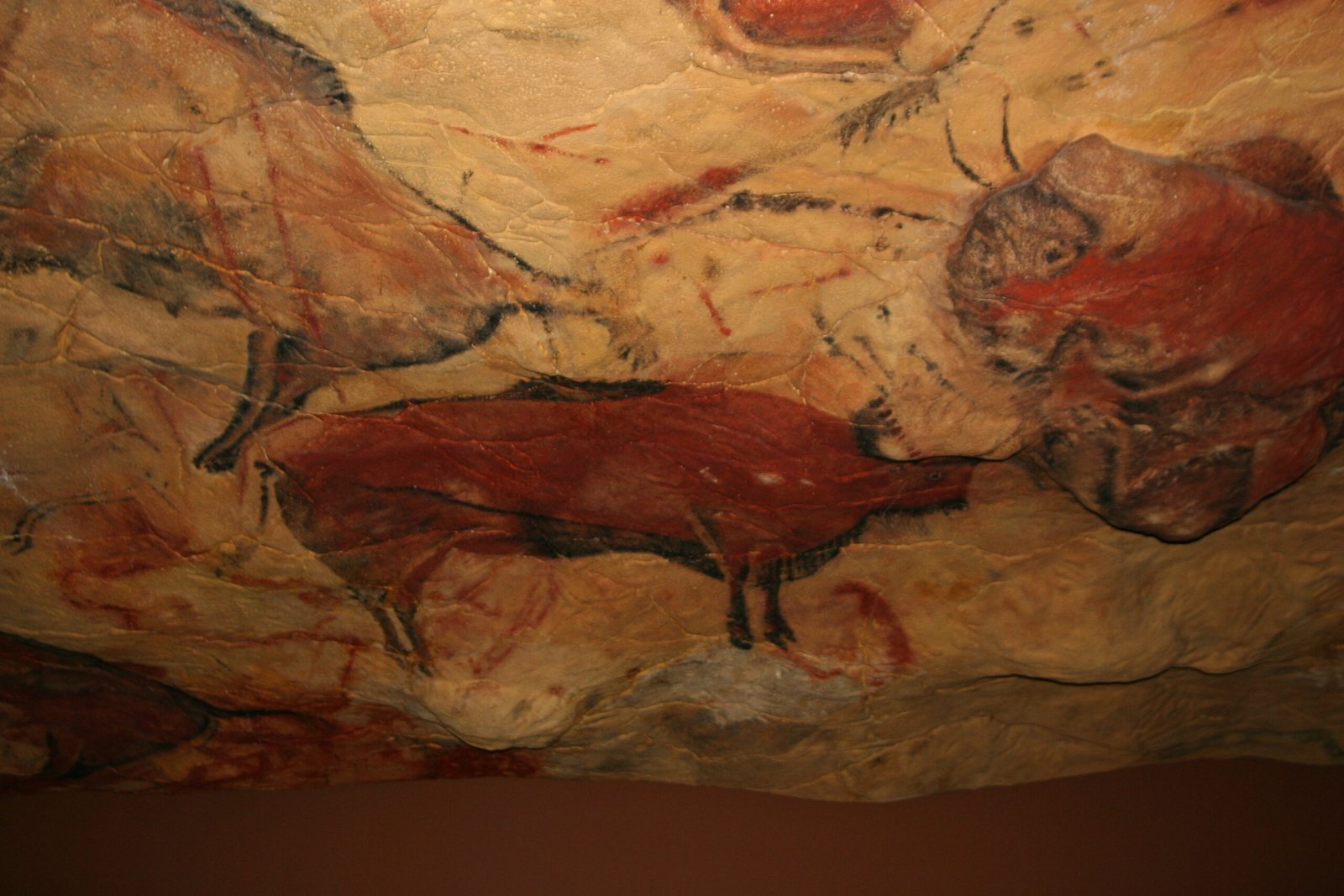
The Altamira Cave in Spain is famous for its stunning depictions of bison and other animals, yet it also contains mysterious geometric patterns. These patterns, often composed of zigzags and concentric circles, bear a striking similarity to the visuals experienced by individuals under the influence of hallucinogens. The idea that these patterns might be linked to psychedelic experiences is supported by the cave’s location in an area rich with natural hallucinogenic plants. The possibility that ancient artists sought to capture their altered perceptions in these paintings adds a layer of complexity to our understanding of prehistoric creativity.
The Ancient Visions of Laas Geel
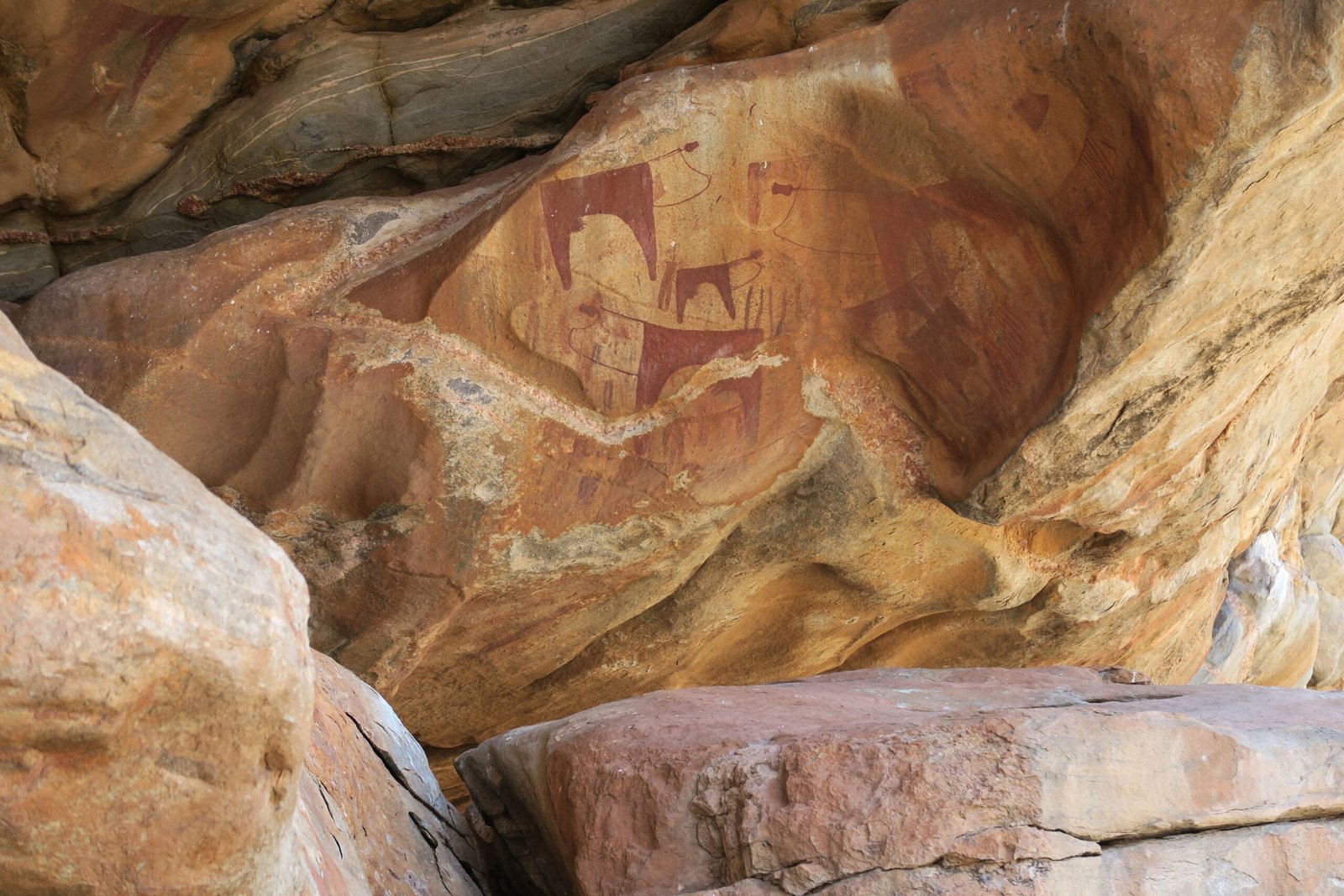
In the arid landscapes of Somaliland, the Laas Geel rock shelters boast some of the earliest known rock art in Africa. These paintings, estimated to be around 5,000 years old, feature vibrant depictions of cattle, humans, and enigmatic symbols. Some researchers propose that the intricate patterns and abstract motifs found at Laas Geel may be indicative of altered states of consciousness. The presence of psychoactive plants in the region lends credence to the idea that these ancient artists might have experienced visionary states that influenced their artistic expressions.
The Psychedelic Patterns of Serra da Capivara
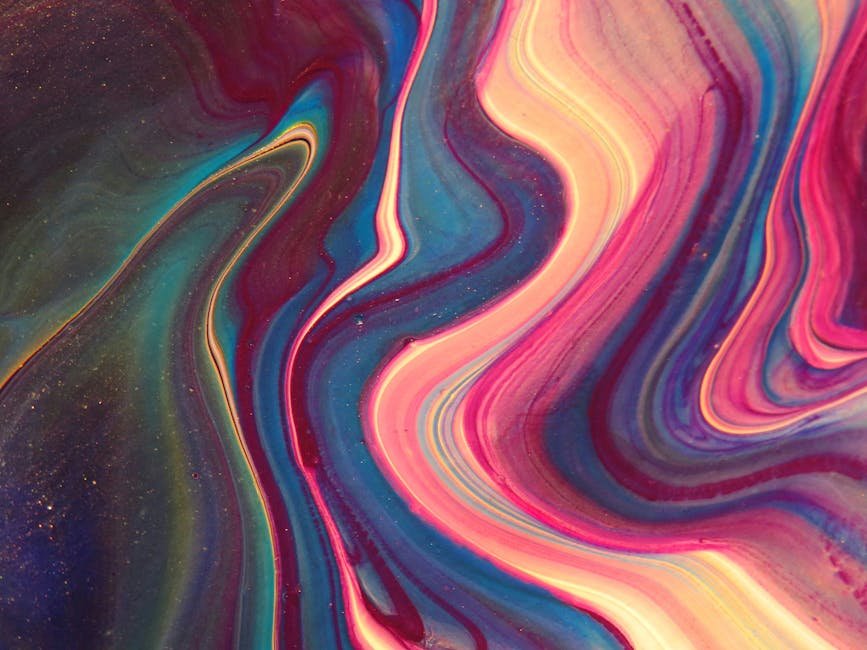
Serra da Capivara National Park in Brazil is a UNESCO World Heritage site, renowned for its extensive collection of prehistoric rock art. Among the thousands of paintings, certain patterns stand out for their psychedelic appearance. These designs, characterized by swirling lines and vivid colors, bear a resemblance to the visual hallucinations often reported by individuals under the influence of hallucinogens. The presence of such imagery in Serra da Capivara raises intriguing questions about the potential use of psychoactive substances by the artists and their impact on the creative process.
The Visionary Art of the San People
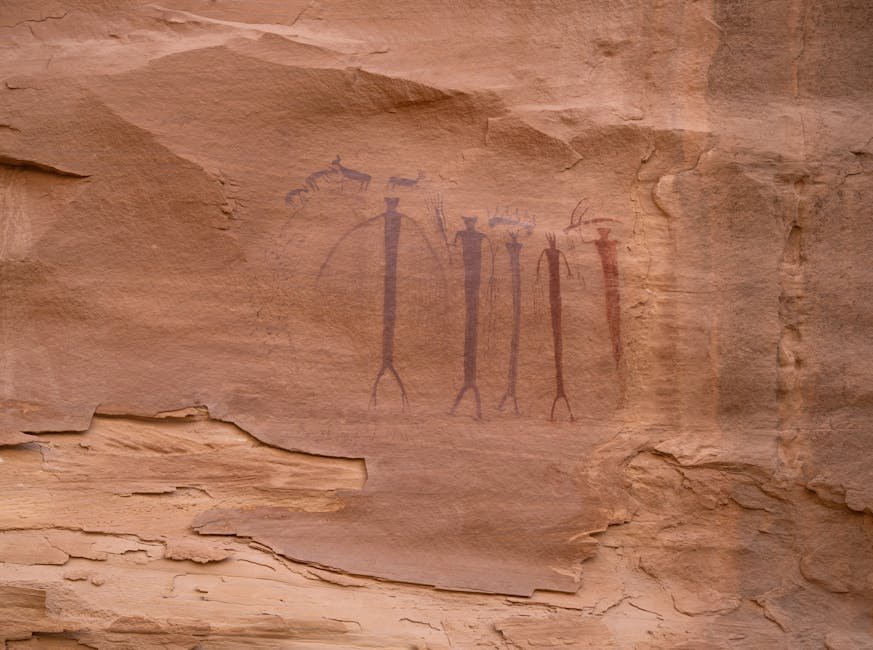
The San people of southern Africa have a rich tradition of rock art that dates back thousands of years. Many of their paintings depict scenes of hunting and daily life, but there are also intricate patterns and abstract designs that suggest a deeper exploration of the mind. Some researchers believe that these artworks may be linked to the use of psychoactive plants in shamanic rituals, providing a glimpse into the spiritual practices of the San people. The possibility that these paintings are records of altered states of consciousness adds a fascinating dimension to our understanding of this ancient culture.
The Dreamlike Imagery of Kimberley
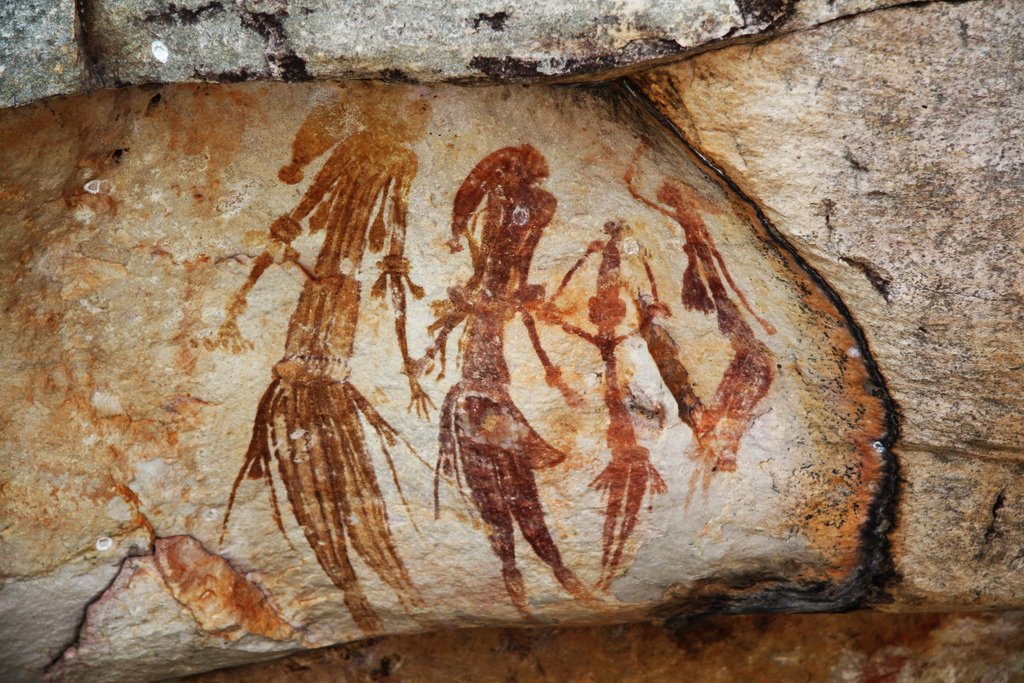
In the remote Kimberley region of Australia, ancient rock art features a unique style known as the “Bradshaw paintings.” These artworks, characterized by their intricate detail and fluid forms, often depict human figures in dynamic poses. Some researchers suggest that the dreamlike quality of these paintings may be connected to altered states of consciousness, possibly induced by the consumption of psychoactive plants. The idea that these artworks represent a visual record of shamanic experiences offers a captivating perspective on the spiritual life of the indigenous people of this region.
The Unveiling of Ancient Minds
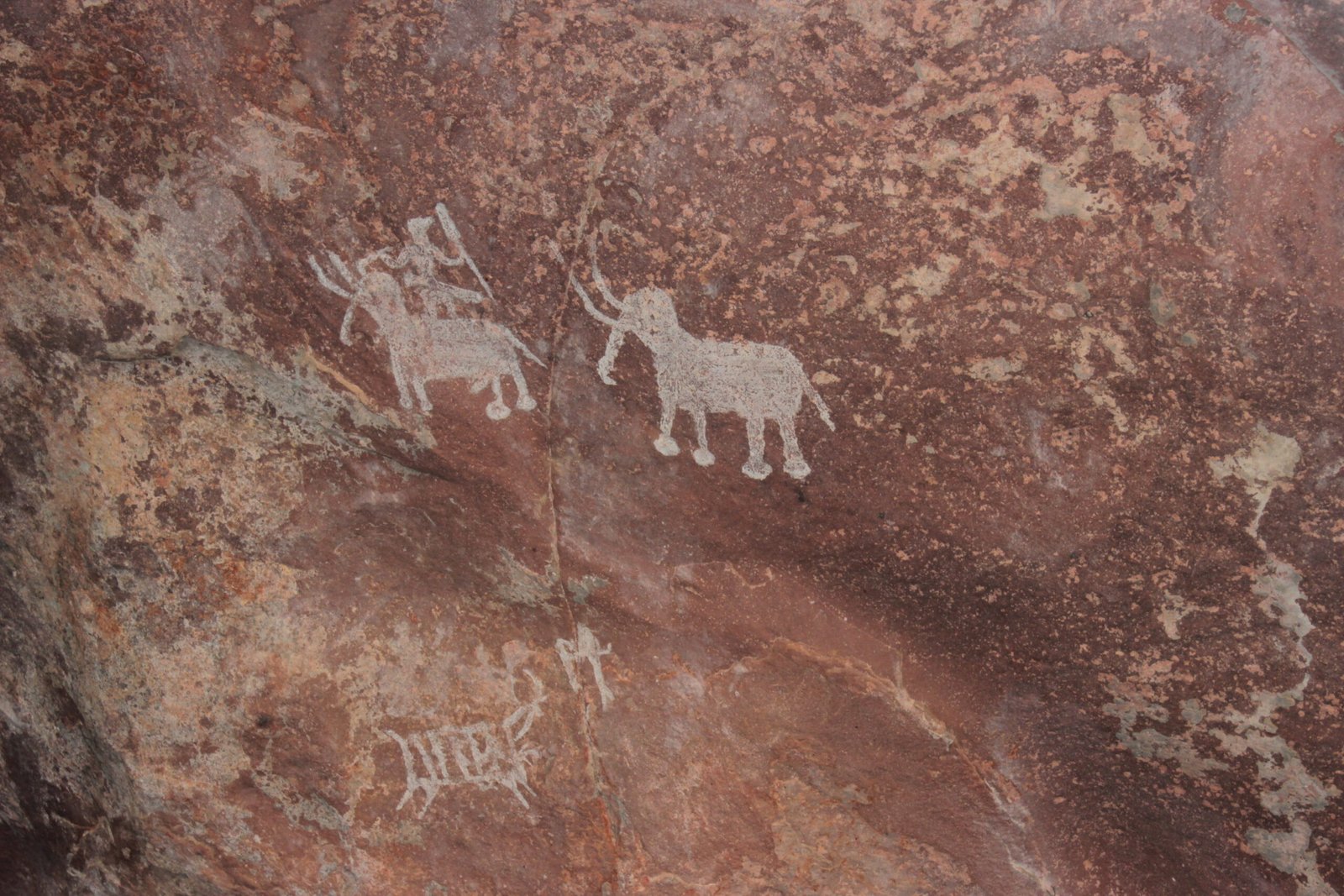
The exploration of cave paintings as possible records of psychedelic experiences opens a window into the ancient human mind. These artworks, scattered across the globe, offer us a glimpse into the cognitive landscapes of our ancestors. Whether these paintings are indeed reflections of altered states or simply artistic expressions, they challenge us to reconsider the boundaries of human consciousness and creativity. The possibility that our ancient relatives explored other dimensions of perception through natural substances is a testament to the timeless human desire to understand and transcend the limits of reality.

